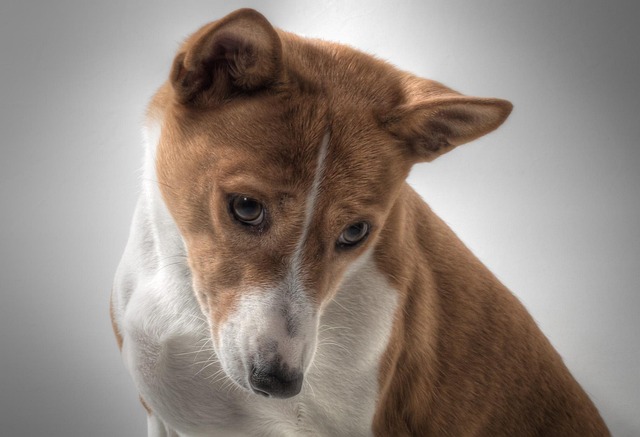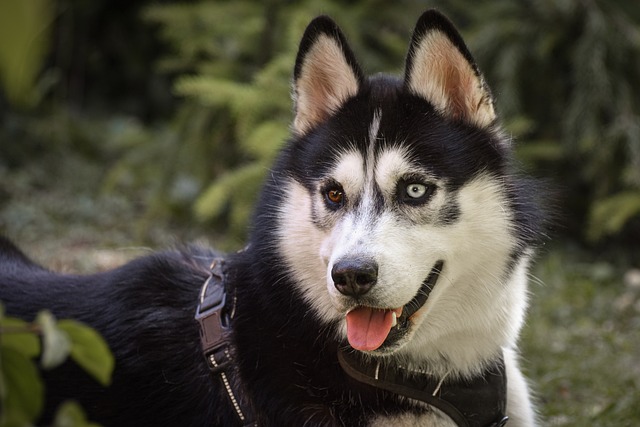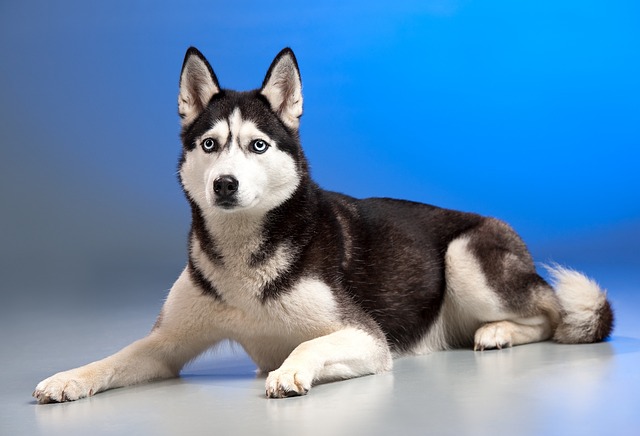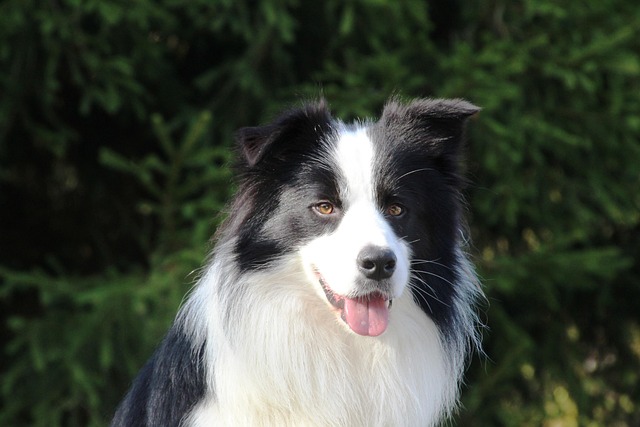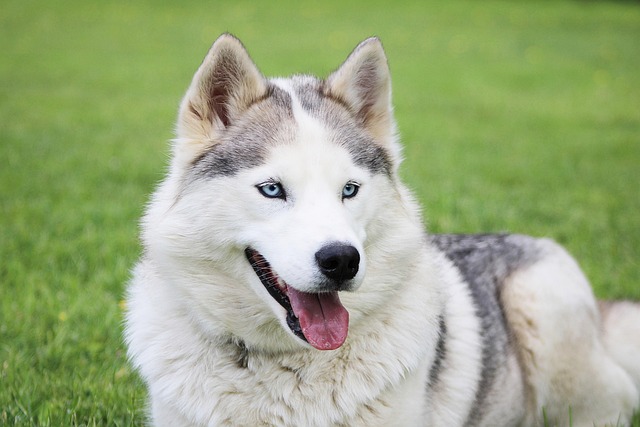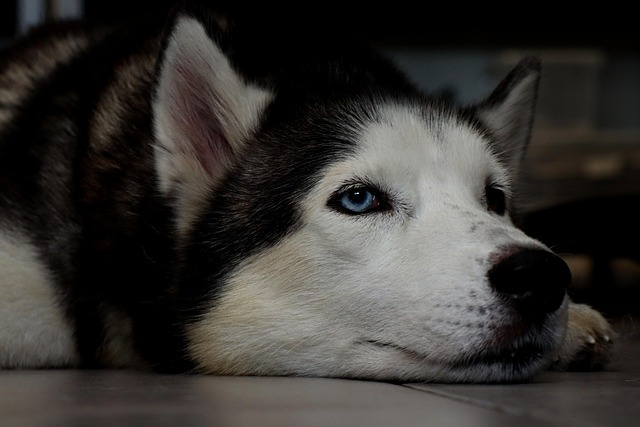Imagine you’re at a community park in Los Angeles, trying to teach your 6-month-old Poodle mix “come.” You pull out a big, crumbly peanut butter biscuit—your pup snatches it, runs off to chew on a bench, and totally ignores your call. If this feels like your go-to training fail, you’re in good company: tons of new U.S. dog owners pick the wrong training treats, turning quick lessons into frustrating battles. The best training treats for dogs need to hold their focus, fit into your daily life (whether you’re in an apartment or at the park), and make learning fun—for both of you.
Here’s the simple science: Dogs learn through positive reinforcement—when you reward a good behavior (like sitting or not pulling the leash) right away, their brain links that action to something great. So treats should be tiny (think a pea for Chihuahuas, a blueberry for Labs—you don’t want to turn training into a meal!), super smelly (dogs follow their noses first!), and low-calorie (those little bites add up: my friend’s Beagle gained 1.5 pounds in a month from too-big treats!). Skip hard, crunchy options that take forever to chew; soft or freeze-dried treats work best because your dog can swallow them fast and get back to learning.
Let’s break down the top picks. Freeze-dried chicken or salmon bits are gold—they’re protein-packed, smell amazing to dogs, and won’t make a mess in your pocket. For dogs with sensitive tummies (common in Bulldogs or Shih Tzus), try plain, cooked sweet potato cubes or green beans—chop them small so they’re easy to eat. On a budget? Use your dog’s regular kibble: soak a handful in warm water for 10 seconds to make them softer and more enticing. Pro tip: Keep treats in a small, zip-top bag when you’re out—like when you’re training your dog to greet neighbors politely at your New York City apartment—so you’re ready to reward good behavior in a split second.
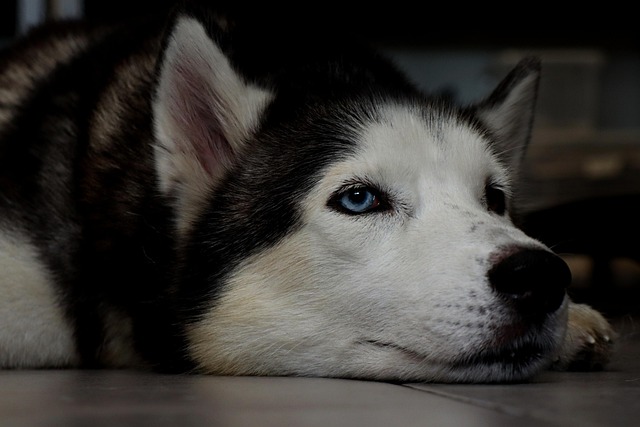
Don’t forget U.S. rules and community norms. First, your dog must have up-to-date rabies vaccines before you take them to public spaces for training—every state mandates this, and some parks even check for vaccine tags. Always carry waste bags, too: If your pup goes potty mid-training (spoiler: they will!), leaving it behind is illegal in most cities (I saw a dad get a $35 ticket in Austin for this last week). In apartments, stick to quiet training times—late-night sessions with noisy treats (like crunchy biscuits) can annoy neighbors, and many buildings have “quiet hours” (usually 10 PM to 7 AM) you need to follow. Most importantly, never mix treats with punishment: Yelling, hitting, or using shock collars is cruel, ineffective, and goes against U.S. animal welfare standards (the ASPCA and Humane Society both condemn it). Treats should build trust, not fear.
With the right treats, training will feel like play. Before long, your dog will be nailing commands like “stay” and “leave it”—all for a tiny, tasty reward.
